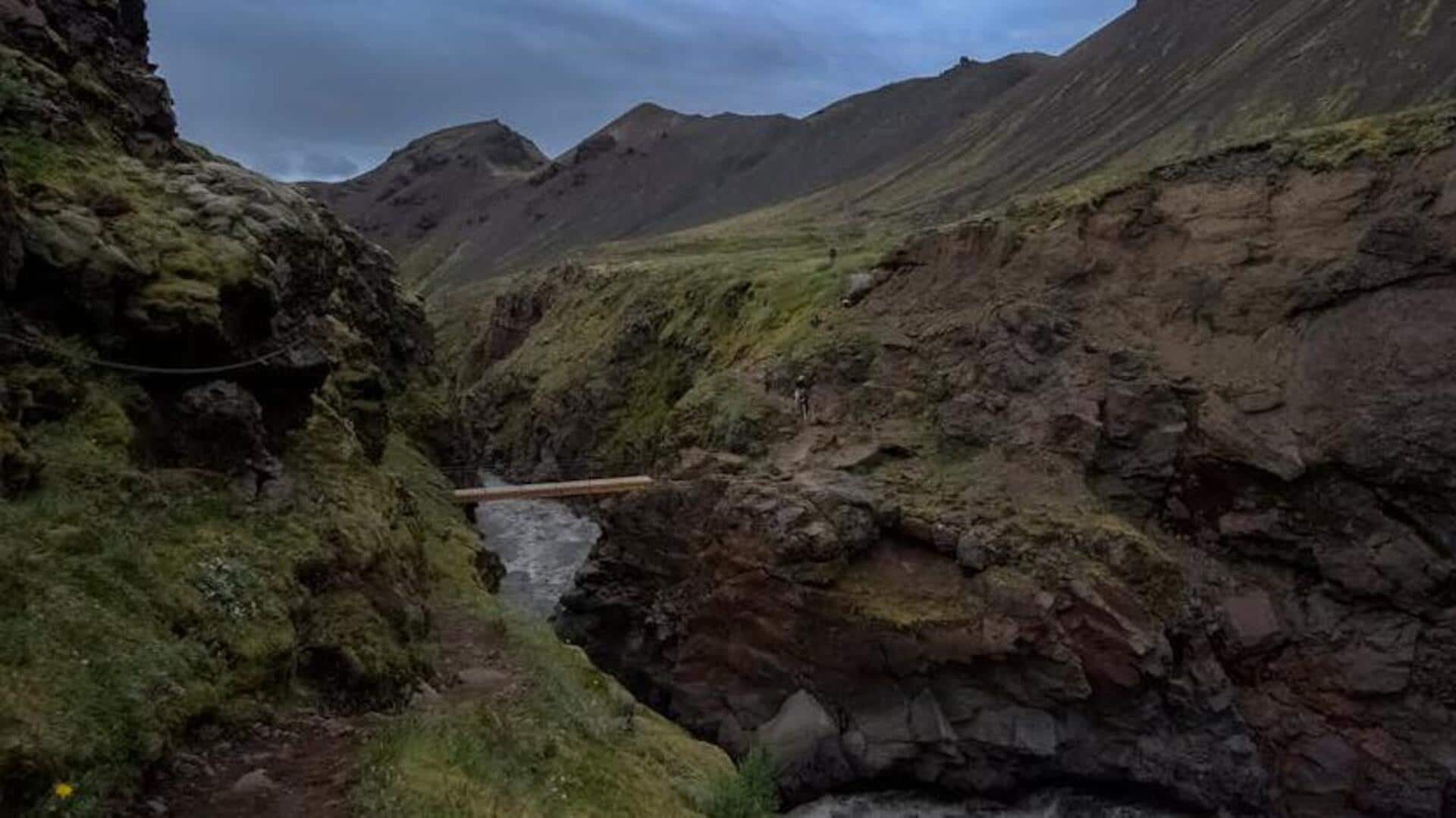
Visiting Reykjavik: When to go and not to go
What's the story
Reykjavik, the capital of Iceland, is a city where nature meets culture.
It's a place where you can experience the midnight sun in summer and the northern lights in winter.
The city offers a blend of outdoor adventures, historical sites, and vibrant nightlife.
Knowing the best and worst times to visit can make your trip unforgettable for all the right reasons.
Best time 1
Summer: The midnight sun awaits
June to August marks the best time to visit Reykjavik.
During these months, you'll experience up to 24 hours of daylight thanks to the midnight sun.
This natural phenomenon allows travelers more time to explore the stunning landscapes, enjoy outdoor activities, and immerse themselves in local festivals.
The weather is also at its warmest, making it ideal for sightseeing.
Best time 2
Winter: A wonderland of lights
If witnessing the northern lights is on your bucket list, plan your visit between November and February.
Although it's cold and dark, with only four to five hours of daylight, this is when Reykjavik turns into a magical winter wonderland.
The aurora borealis can often be seen dancing across the sky on clear nights, offering a once-in-a-lifetime experience.
Worst time 1
Spring: Dodge the crowds
March and April are transitional months in Reykjavik when snow begins to melt but many attractions outside of the city remain inaccessible due to muddy conditions or lingering snowfall.
While you might find fewer tourists and lower prices during this period, unpredictable weather can hinder outdoor activities making it less ideal for those looking to explore Iceland's natural beauty extensively.
Worst time 2
Late fall: Short days and rainy weather
From late October to early November, Reykjavik sees shorter days and more rain, affecting outdoor activities.
This time is between the midnight sun and northern lights seasons, leading to less frequent or canceled tours.
Choosing when to visit depends on your interests, whether it's endless daylight or the aurora borealis.
Understanding these times ensures a fulfilling trip.